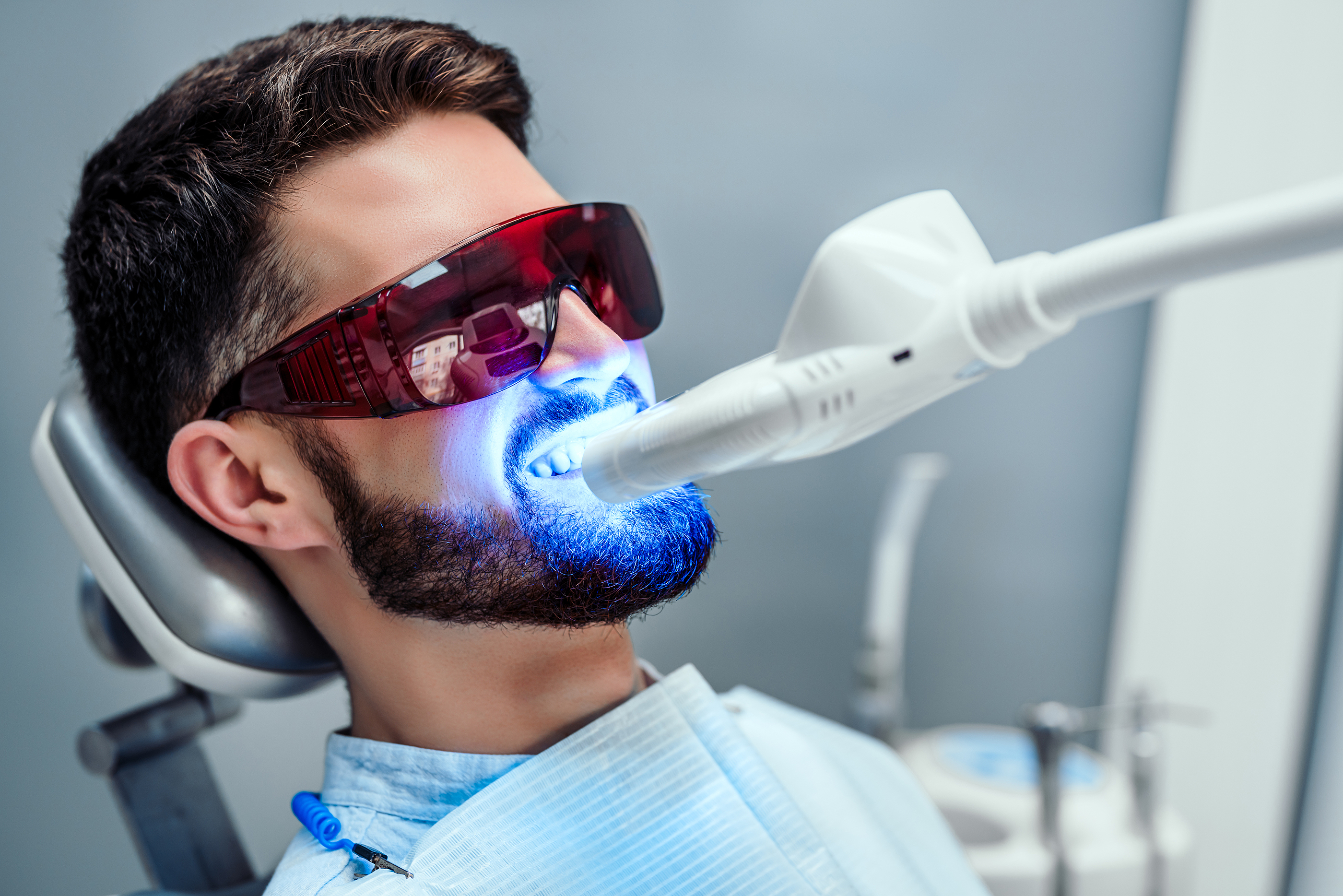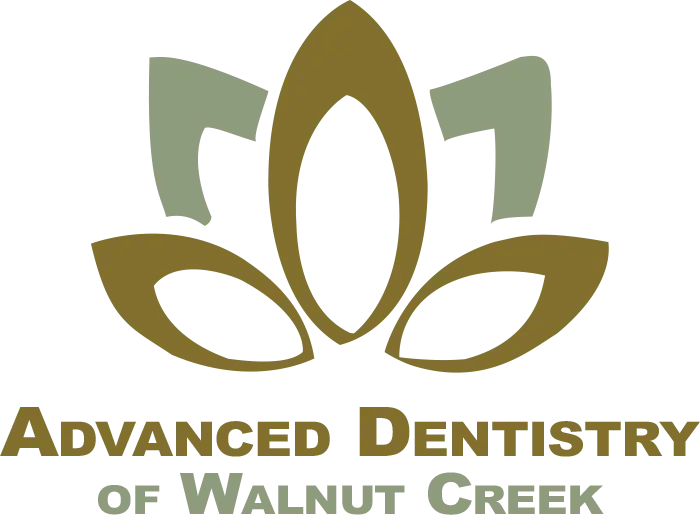![This is a thumbnail image of blog What is the Process for Getting Dental Veneers? This is a thumbnail image of blog What is the Process for Getting Dental Veneers?]()
What is the Process for Getting Dental Veneers?
Apr 28, 2022![This is a thumbnail image of blog Don’t Hold Back Your Smile In A Picture This is a thumbnail image of blog Don’t Hold Back Your Smile In A Picture]()
Don’t Hold Back Your Smile In A Picture
May 04, 2022![This is a thumbnail image of blog Welcome to Advanced Dentistry Of Walnut Creek This is a thumbnail image of blog Welcome to Advanced Dentistry Of Walnut Creek]()
Welcome to Advanced Dentistry Of Walnut Creek
May 09, 2022![This is a thumbnail image of blog Is It Better To Have an Orthodontist Apply Invisalign Aligners Than a General Dentist? This is a thumbnail image of blog Is It Better To Have an Orthodontist Apply Invisalign Aligners Than a General Dentist?]()
Is It Better To Have an Orthodontist Apply Invisalign Aligners Than a General Dentist?
Apr 28, 2022![This is a thumbnail image of blog Dental Emergency? Give Us A Call This is a thumbnail image of blog Dental Emergency? Give Us A Call]()
Dental Emergency? Give Us A Call
May 05, 2022
How a Root Canal Is Performed With Laser Dentistry

How a Root Canal Is Performed With Laser Dentistry
While drills and other dental tools have reliably been used for centuries to remove the infected pulp from a decayed tooth, laser dentistry has drastically changed the way dentists approach a root canal procedure. From detecting cavities to killing bacteria that are harmful to the teeth, this technology has been approved by the FDA for treating a variety of common dental conditions.
The basics of root canal therapy
Learn how laser-assisted root canal therapy is performed, and discover some of the advantages of this treatment method.
Why are root canals performed?
If a tooth becomes severely decayed or damaged, the innermost area, called the pulp, can become inflamed and infected. This condition is called pulpitis and often occurs when the protective layers of the tooth, or the enamel and dentin, are injured, leaving the root exposed. While there are some situations where the inflammation can be resolved by treating a cavity or other curable cause, a case of irreversible pulpitis often requires a root canal if the tooth is still salvageable.
What are the signs of pulpitis?
To save a tooth affected by pulpitis, patients should seek prompt treatment. There are several common symptoms that indicate a root canal may be necessary:
- Tooth sensitivity to hot, cold or sweet foods
- Inflammation and pain around the site
- A foul taste in the mouth
- Bad breath
- Fever
- Swollen lymph nodes
How is a root canal performed?
The main purpose of root canal therapy is to remove the infected tissue within the affected tooth before refilling and sealing it. Traditionally, this procedure is performed by making an opening to access the inside of the tooth and using dental hand tools to clear out the pulp. The area is often disinfected with an antibiotic and sealed using gutta-percha and a special paste. A temporary filling may be used during the procedure but is replaced with a permanent filling or dental crown once an X-ray confirms the tooth is clear of the infection.
The use of laser dentistry for a root canal
Laser dentistry can be combined with traditional root canal techniques to more effectively remove the infected pulp and exterminate bacteria, which prevents the infection from reoccurring. Often, a laser drill is used to access the inner chamber, and a soft-tissue laser is used to sterilize the structures of the tooth, including areas such as the dentinal tubules that may be hard to reach with conventional therapy. This procedure offers a more precise way of exposing the pulp of the teeth, preserving more healthy tooth structure. If necessary, the laser can also be used to reshape the dentinal walls of the canal. Less friction is involved in the process, which significantly reduces pain and discomfort.
Conclusion
While there is still research being conducted on the use of laser dentistry as a preferred method for performing a root canal, there are several notable advantages to adopting this method for treating pulpitis. Patients experiencing the symptoms listed in this guide should start a discussion with a dentist today to see if laser-assisted root canal treatment is an option for their situation.
Request an appointment here: https://www.dentistrywalnutcreek.com or call Advanced Dentistry Of Walnut Creek at (925) 937-2273 for an appointment in our Walnut Creek office.
Check out what others are saying about our services on Yelp: Read our Yelp reviews.

Working Hours
- MONClosed
- TUE - THU8:30 am - 5:00 pm
- FRI8:30 am - 2:00 pm
- SAT - SUNClosed





comments